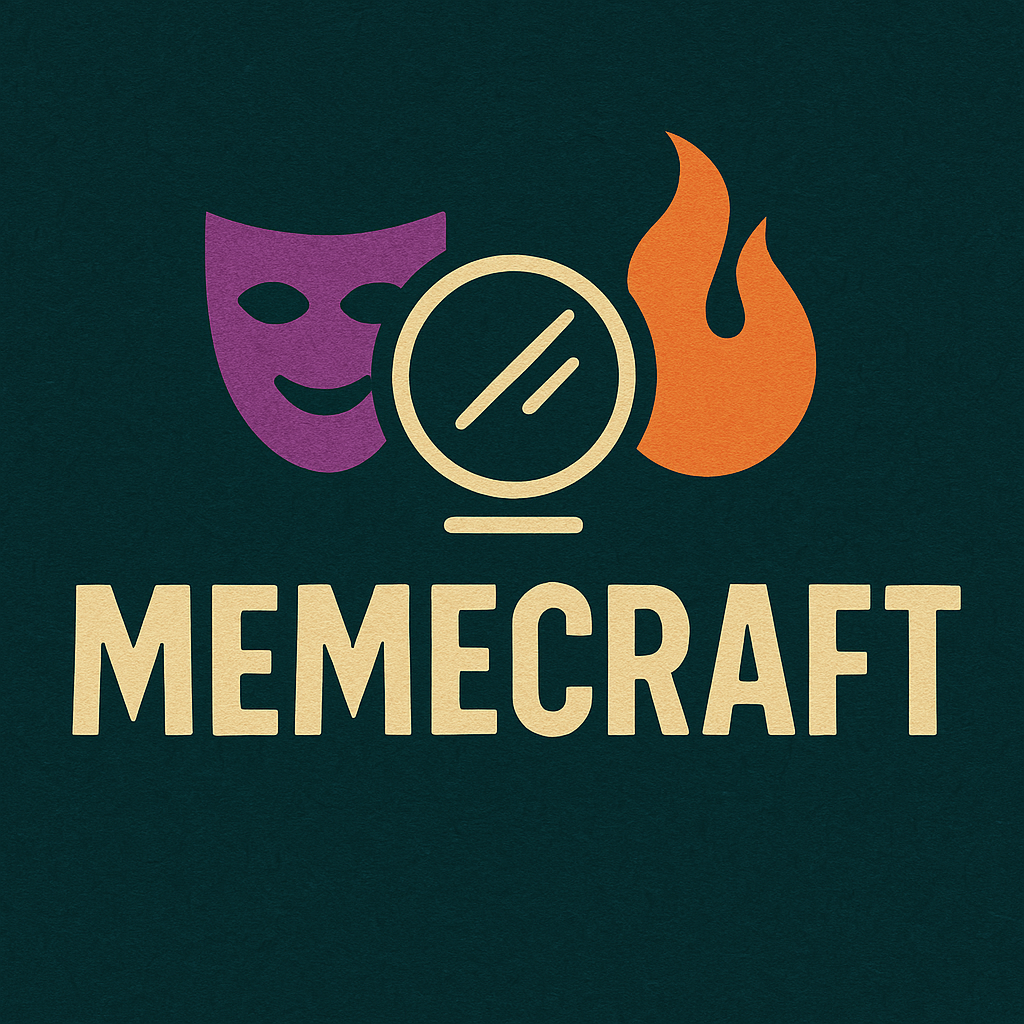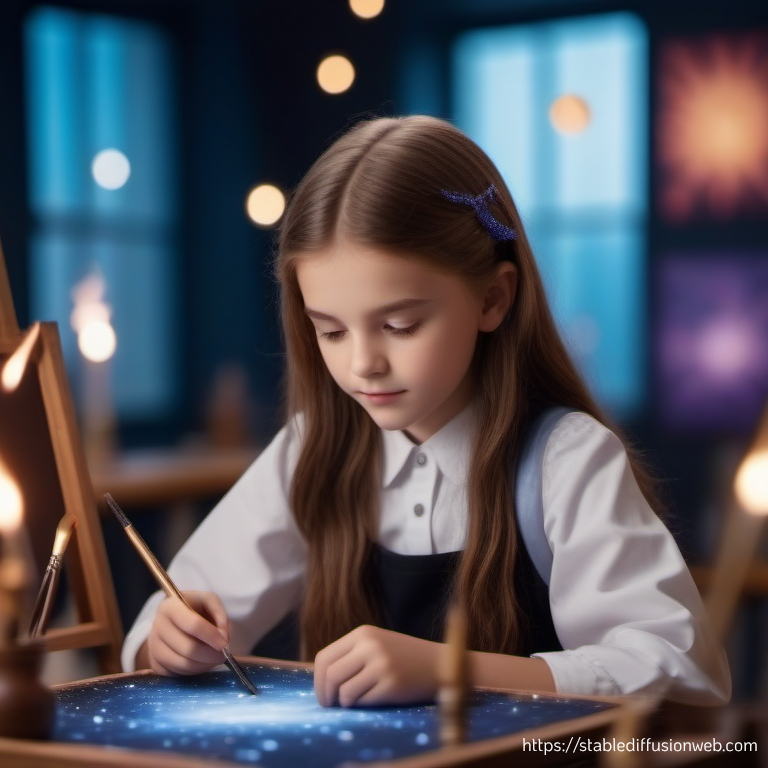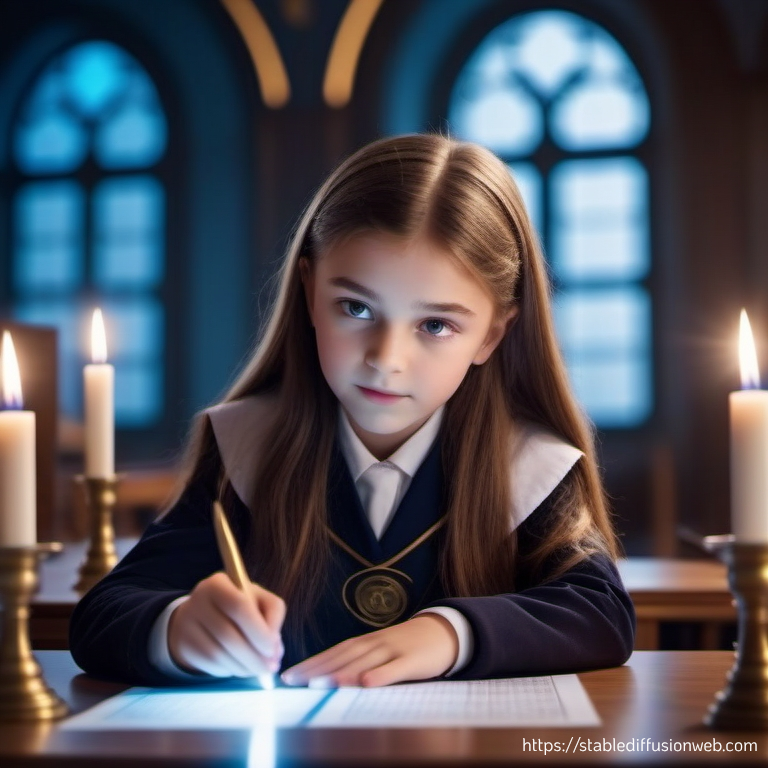The Prada Museum: Exploring the Revolution of AI-Generated Paintings and the Future of Classical Craft
As I stepped into the renowned Prada Museum in Madrid, I found myself at the heart of a vibrant dialogue between art and technology. The exhibition I was about to witness promised a glimpse into the revolution of AI-generated paintings and the potential impact on the classical craft that has stood the test of time. Armed with my camera and an open mind, I embarked on an exploration that left me both fascinated and concerned about the future.
One cannot deny the mesmerizing allure of AI-generated paintings. The exhibition showcased an array of vibrant and intricate artworks, all brought to life through the imagination of algorithms. Each stroke and hue carefully crafted by machines, creating compositions that evoked emotions and provoked contemplation. It was as if technology had developed its own artistic consciousness, blending human creativity with machine precision.
One of the prominent advantages of AI-generated paintings lies in their sheer efficiency. These algorithms can create vast volumes of artwork in a fraction of the time it takes for human artists. This accessibility has the potential to democratize art, allowing more individuals to express themselves through visual mediums. It also offers an opportunity for artists to collaborate with machines, expanding the boundaries of their own creativity.
Furthermore, AI-generated paintings are not bound by the constraints of traditional techniques. They can effortlessly transcend the limitations of physical materials, exploring artistic possibilities that were previously unimaginable. This freedom allows for experimentation with unconventional styles, breaking away from classical norms and ushering in a new era of artistic expression.
However, while AI-generated paintings bring undeniable benefits, we must also pause to reflect on the potential drawbacks and the implications for the future of classical craft. With machines capable of replicating the styles of renowned artists, there is a risk of diluting the uniqueness and authenticity that has defined classical art for centuries. The personal touch, the imperfections, and the emotional journey of the artist may become overshadowed by the allure of perfectly crafted algorithms.
Moreover, the devaluation of classical craftsmanship may lead to the erosion of traditional artistic skills. The painstaking hours spent honing techniques and mastering the subtleties of brushstrokes could be disregarded in favor of machine-generated efficiency. This not only threatens the livelihoods of countless artists but also diminishes the rich cultural heritage preserved in the classical craft.
As I continued to capture photographs of these mesmerizing AI-generated artworks, I couldn’t help but wonder about the future implications. Will the classical craft become obsolete, or can it coexist with the rise of AI-generated art? Are we witnessing the birth of a new artistic era, or is it the beginning of a gradual decline in the human touch?
In this ongoing dialogue between art and technology, we must find a balance that preserves the essence of the classical craft while embracing the opportunities presented by AI-generated paintings. By recognizing the strengths and weaknesses of both approaches, we can navigate the evolving landscape of art and ensure that creativity, skill, and human expression remain at the forefront of the artistic journey.
As I bid farewell to the Prada Museum, I left with a renewed sense of appreciation for the power of technology to transform and inspire. The revolution of AI-generated paintings poses both challenges and opportunities, and it is up to us to shape the future of art with thoughtful consideration and a deep respect for the artistic traditions that have paved the way.



